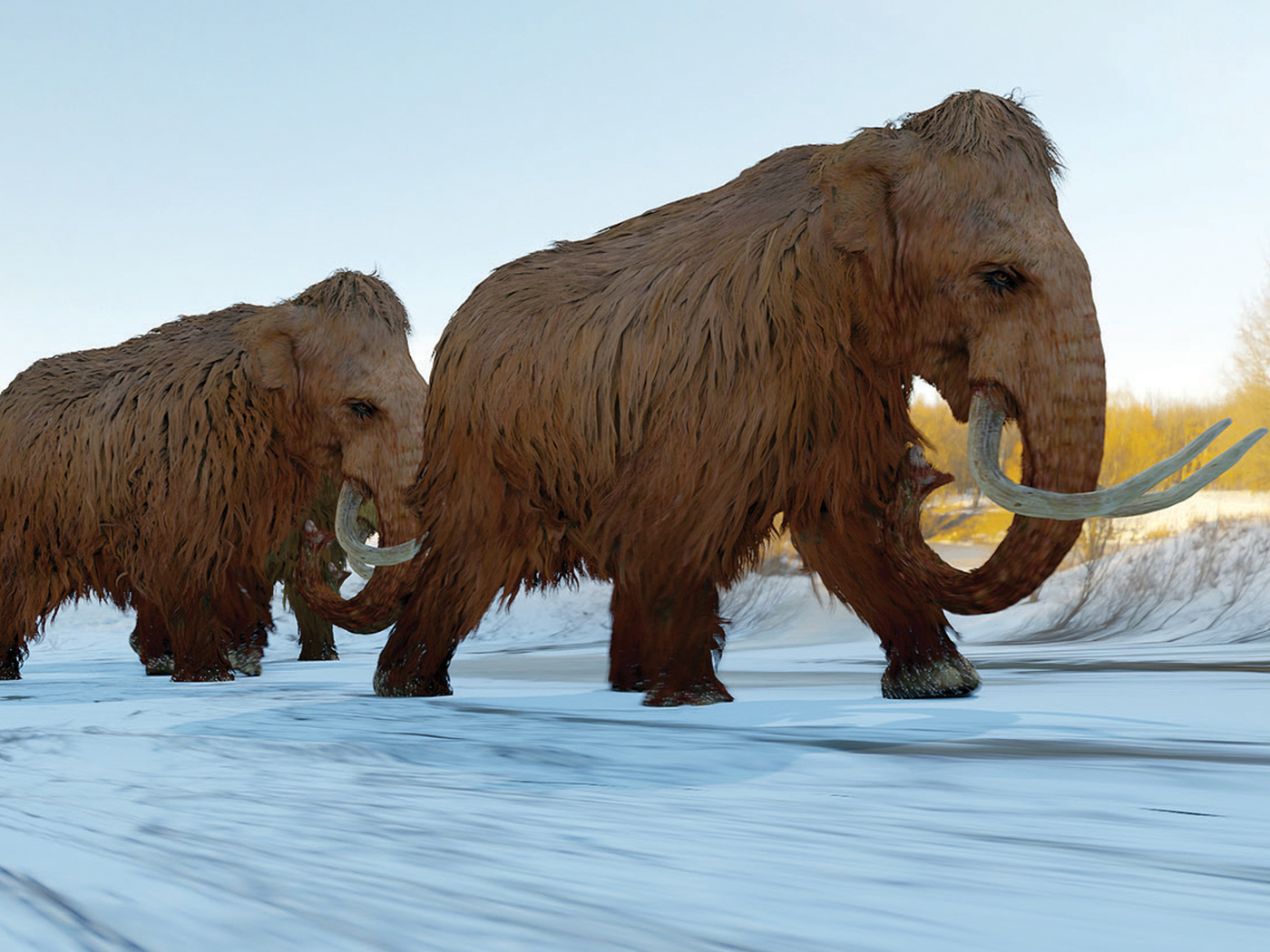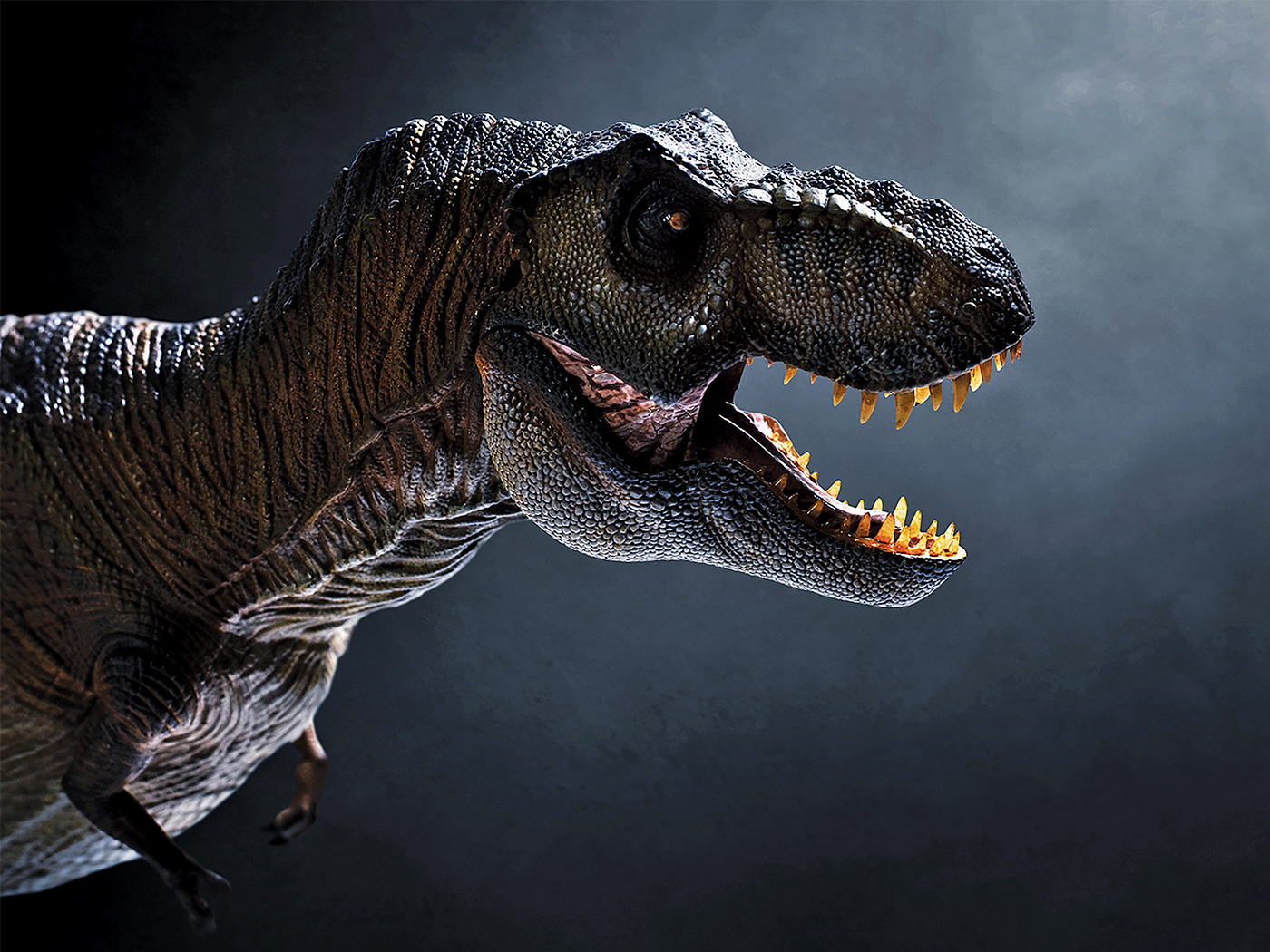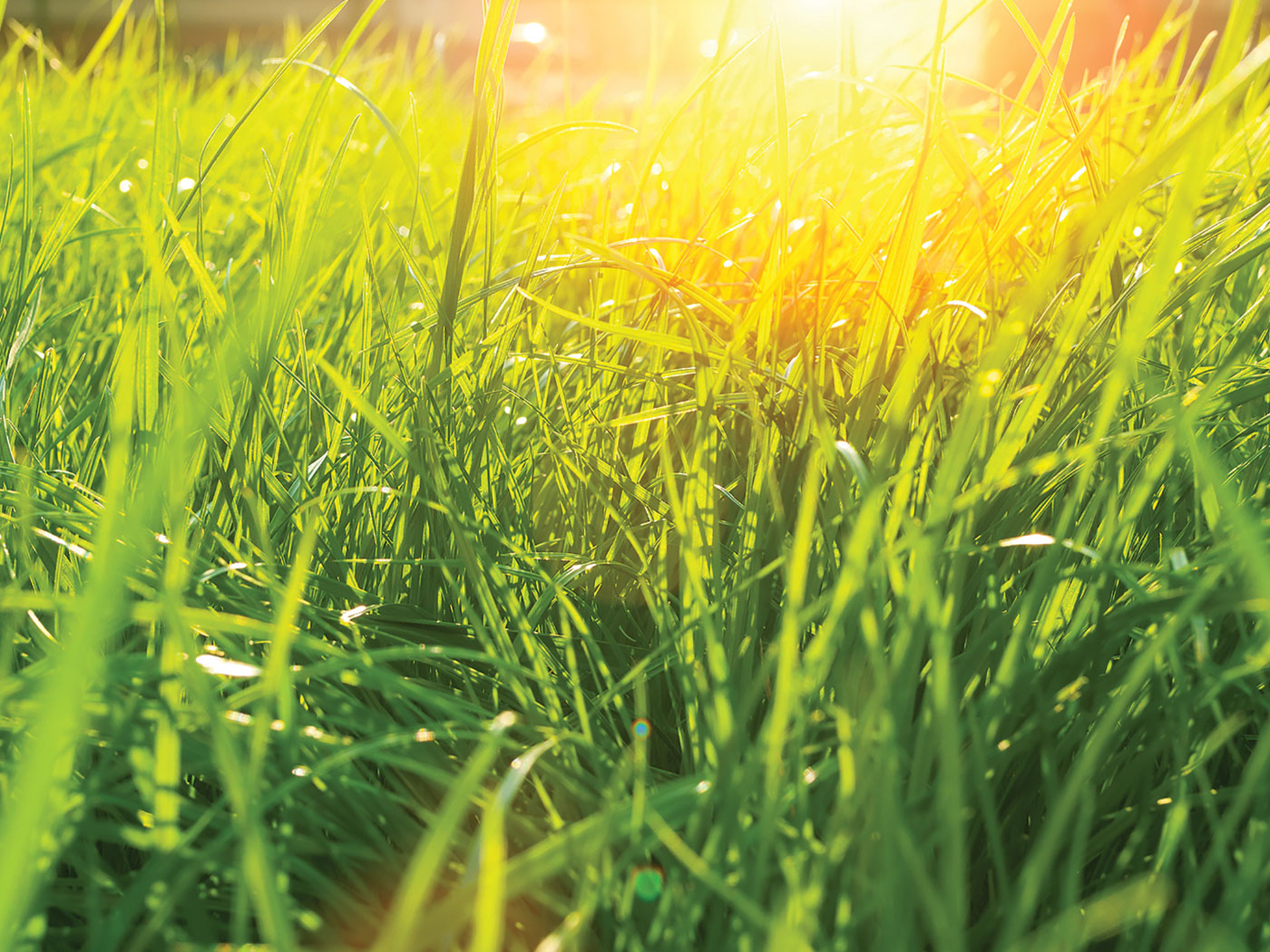Many seabirds (such as albatrosses, petrels, and shearwaters) spend months and even years at sea soaring over the world's oceans without ever approaching any land mass. So the question naturally arises, "What do seabirds drink?" The answer is, "seawater." The next question that naturally arises is, "How then do they survive?"
Seawater has a much higher concentration of salt than that found in the body fluids of most animals, including mammals and birds; therefore, when seawater is ingested, the osmotic balance of these animals is upset. Mammalian kidneys, in order to flush the body of excess salt, must use one and one-half times as much fresh water as the amount of ingested seawater. Without fresh water, dehydration of body tissues ensues, and in most cases, death follows. Avian kidneys, being much less efficient than mammalian kidneys,1 must use an even greater amount of fresh water to rid the body of seawater. Thus, seabirds would encounter the same fate if they had to rely solely on their kidneys to maintain their body's osmotic balance.
Avian Salt Glands
But seabirds have their own desalinization systems to deal with excess salt taken in by drinking seawater and feeding in the ocean, in the form of glands that lie in shallow depressions in or above the eye sockets. Salt glands in birds are also called supraorbital or nasal glands2 and their function was not discovered until 1957-1958 when Knut Schmidt-Nielsen and co-workers found that these glands in the Double-crested Cormorant excreted sodium chloride (NaCl) in concentrated solution.3 For most seabirds, the excess salt excreted from the blood by these glands passes as a concentrated solution through ducts into the nasal cavity and is eliminated in liquid form through the nostrils, often accompanied by vigorous shaking of the bird's head or forced "sneezing."4
Salt glands have a micro-structure similar to the kidney and use a system of countercurrent blood flow to remove and concentrate salt ions from the bloodstream.5 The paired, crescent-shaped glands each contain several longitudinal lobes approximately 1 mm in diameter6 and each lobe contains a central duct from which radiate thousands of tubules enmeshed in blood capillaries. These tiny capillaries carry blood along the tubules of the gland, which have walls just one cell thick and form a simple barrier between the salty fluid within the tubules and the bloodstream. It is here that salt excretion occurs.7 The glands serve as osmoregulators, responding to osmotic loads in the bloodsalt or other substances, e.g., glucose—they respond to such loads by excreting only NaCl and possibly potassium (K), but no other substances.8
The apparent simplicity of the transfer of NaCl from the blood to the tubules of the salt glands is deceptively complicated, for it has been shown that the glands do not function independently of other organs and tissues of the body. Sturkie comments on the initiation of salt gland activity:
. . . the sensory (afferent) input goes to the central nervous system, which then relays the stimulus to the hypothalamus, pituitary, and adrenals and directly to the nasal gland via the seventh cranial nerve (efferent), to the ganglion ethmoidale, and thence to postganglionic (cholinergic) fibers that run to the gland to produce the final stimulus (secretion).9
Within the glands themselves, some very finely tuned biochemical changes
take place. Commenting on the inter- and intracellular workings of the glands, Shuttleworth states:
Control of [the secretion of ions and fluid] is achieved by a range of neurotransmitters and hormones many of which act intracellularly by generating the second messenger inositol 1,4,5-trisphosphate (InsP3) and increasing cytosolic free calcium ion concentrations ([Ca2+]i). These increases are achieved by a combination of the InsP3-induced release of Ca2+ from specific intracellular stores and the activation of Ca2+ entry from the extracellular environment. The [Ca2+]i signal represents a balance between the adequate activation of components of the secretory mechanism and the avoidance of [Ca2+]i levels that are toxic to the cell. . . . Consequently, for successful Ca2+ signaling, it is imperative that these two mechanisms of raising [Ca2+]i (i.e., Ca2+ release and Ca2+ entry) are closely integrated. . . . Recent experiments on the oscillatory [Ca2+]i responses . . . indicate a previously unsuspected, independent activation of Ca2+ entry involving arachidonic acid. This arachidonic-acid-activated entry plays a key role, along with InsP3, in inducing the repetitive release of Ca2+ from the stores to produce the [Ca2+]i oscillations. In this way, the two components responsible for the elevation of [Ca2+]i are intimately related and their dual effects closely coordinated, resulting in the finely tuned control of agonist-induced changes in [Ca2+]i10 (italics added).
The avian salt gland has made it possible for seabirds not only to exist but to maintain homeostasis in an otherwise hostile environment. Truly, "the salt gland is one of the most effective ion transport systems known."11 But how did such a system arise? There are only two possible explanations for the origin of avian salt glands:
Either they evolved along with the birds themselves, or they were created within the birds by God as He spoke the feathered creatures into existence (Genesis 1:21).
Evolutionists' Explanation for the Origin of Avian Salt Glands
In addition to birds, marine turtles (both plant-eating and carnivorous), sea snakes, and marine lizards (i.e., the Galapagos iguana) also possess salt glands which process seawater in a manner similar to seabird salt glands.12 Some evolutionists believe that avian salt glands "have been inherited from the birds' reptilian ancestors. . . ."13 This declarative statement presupposes that birds evolved from reptiles, although there is much argument today among evolutionists as to which particular kind of reptile was the ancestor of birds.14 Most think they evolved from dinosaurs or some other land dwelling reptile. None think they came from marine reptiles. Thus, a significant conundrum. How could such a marvelous, irreducibly complex system arise more than once?
Avian salt gland function is an example of the staggering complexity that underlies even apparently simple bodily processes. "Faced with such complexity beneath even simple phenomena, Darwinian theory falls silent."15 While providing no mechanistic explanation for this ion transport process itself, evolutionists would have us believe that birds simply inherited salt glands from their reptilian ancestors. Even if this were true, the question then arises, where did reptiles get them? Nowhere in the avian (or reptilian) literature is an explanation found of how such a complicated and intricately woven ion transport system could have evolved. As Behe points out regarding the construction of a transport system:
. . . there is no new function unless an intelligent agent guides the setup . . . the system can't be put together piecemeal from either new or secondhand parts. . . . In the face of the enormous complexity of vesicular transport, Darwinian theory is mute.16 (italics added.)
Behe continues:
Over the years the Journal of Molecular Evolution has published origin-of-life research concerning many questions. . . . but they do not begin to answer the challenge to evolution posed by . . . cellular transport. . . . In fact, none of the papers [ever] published in JME . . . has ever proposed a detailed model by which a complex biochemical system might have been produced in a gradual, step-by-step Darwinian fashion.17
Creationists' Explanation for the Origin of Avian Salt Glands
The creation model for the origin of avian salt glands states that an intelligent Creator created this class of vertebrates complete with all of the complex systems within their bodies to survive in and adapt to their given environments, including salt glands to rid their bodies of excess salt. Perhaps the strongest argument in favor of the creation model for the origin of avian salt glands, aside from the lack of transitional forms in the fossil record, is one consisting of purpose and interdependence of purposeful parts.
Given the complexity of the functioning of avian salt glands, their existence by design can hardly be denied. The evidence for design that is obvious in the avian salt gland suggests a Designer who not only created the gland, but the entire animal, the earth, and the entire universe. "But ask now the beasts, and they shall teach thee; and the fowls of the air, and they shall tell thee: Or speak to the earth, and it shall teach thee: and the fishes of the sea shall declare unto thee. Who knoweth not in all these that the hand of the Lord hath wrought this? In whose hand is the soul of every living thing, and the breath of all mankind" (Job 12:7-10).
References
- Löfgren, Lars. (1984) Ocean Birds: Their Breeding, Biology, and Behavior, Beckenham, UK: Croom Helm Ltd., p. 24.
- Pettingill, O. S., Jr. (1970) Ornithology, Minneapolis, MN: Burgess Publishing Co., p. 121.
- Schmidt-Nielsen, J., C. B. Jorgensen, and H. Osaki (1958) "Extrarenal Salt Excretion in Birds," American Journal of Physiology, 193:101_107.
- Haley, Delphine, ed. (1984) Seabirds of Eastern North Pacific and Arctic Waters, Seattle, Washington: Pacific Search Press, p. 22.
- Eckert, Roger (1978) Animal Physiology, San Francisco, CA: W. H. Freeman & Co., p. 422.
- Ibid., p. 421.
- Welty, J. C. (1979) The Life of Birds, Philadelphia, PA: Saunders College Publishing, p. 99.
- Schmidt-Nielsen, K. (1960) "The Salt Secreting Gland of Marine Birds," in Welty, The Life of Birds, (1979) Philadelphia, PA: Saunders College Publishing, p. 99.
- Sturkie, P. D. (1986) Avian Physiology, New York, NY: Springer-Verlag,
p. 373. - Shuttleworth, Trevor, "Intracellular Ca2+ Signalling in Secretory Cells," The Journal of Experimental Biology (vol. 200, 1997), p. 303.
- Schmidt-Nielsen, K. (1960) Animal Physiology: Adaptation and Environment, Englewood Cliffs, NJ: Prentice-Hall, Inc., p. 330.
- Ibid., p. 328.
- Brooke, M., and Tim Birkhead (eds.) (1991) The Cambridge Encyclopedia of Ornithology, Cambridge, U.K.: Cambridge University Press, p. 125.
- Gish, Duane (1995) Evolution: The Fossils Still Say NO! El Cajon, CA: Institute for Creation Research, pp. 129, 130.
- Behe, Michael J. (1996) Darwin's Black Box: The Biochemical Challenge to Evolution, New York: Touchstone, p. 97.
- Ibid., pp. 112, 113, 116.
- Ibid., pp. 173, 176.
* Donna L. O'Daniel, M.A., is a wildlife biologist for the Johnston Atoll Nat. Wildlife Refuge.
















